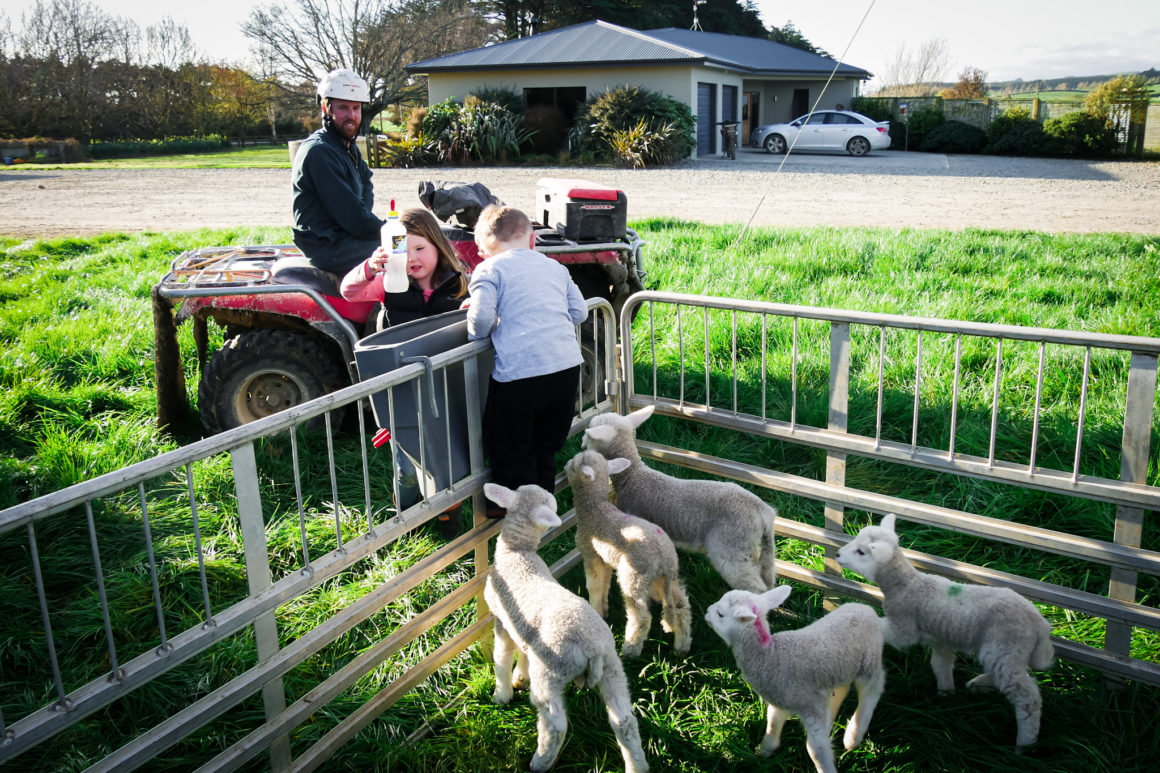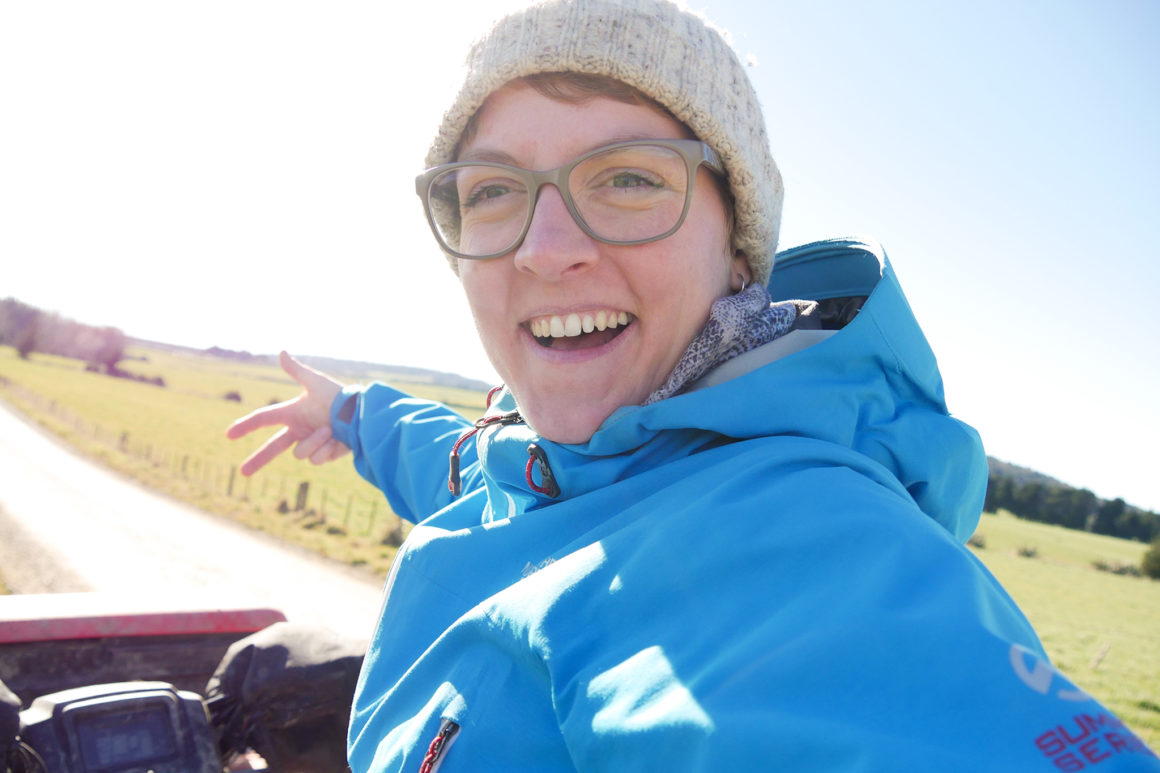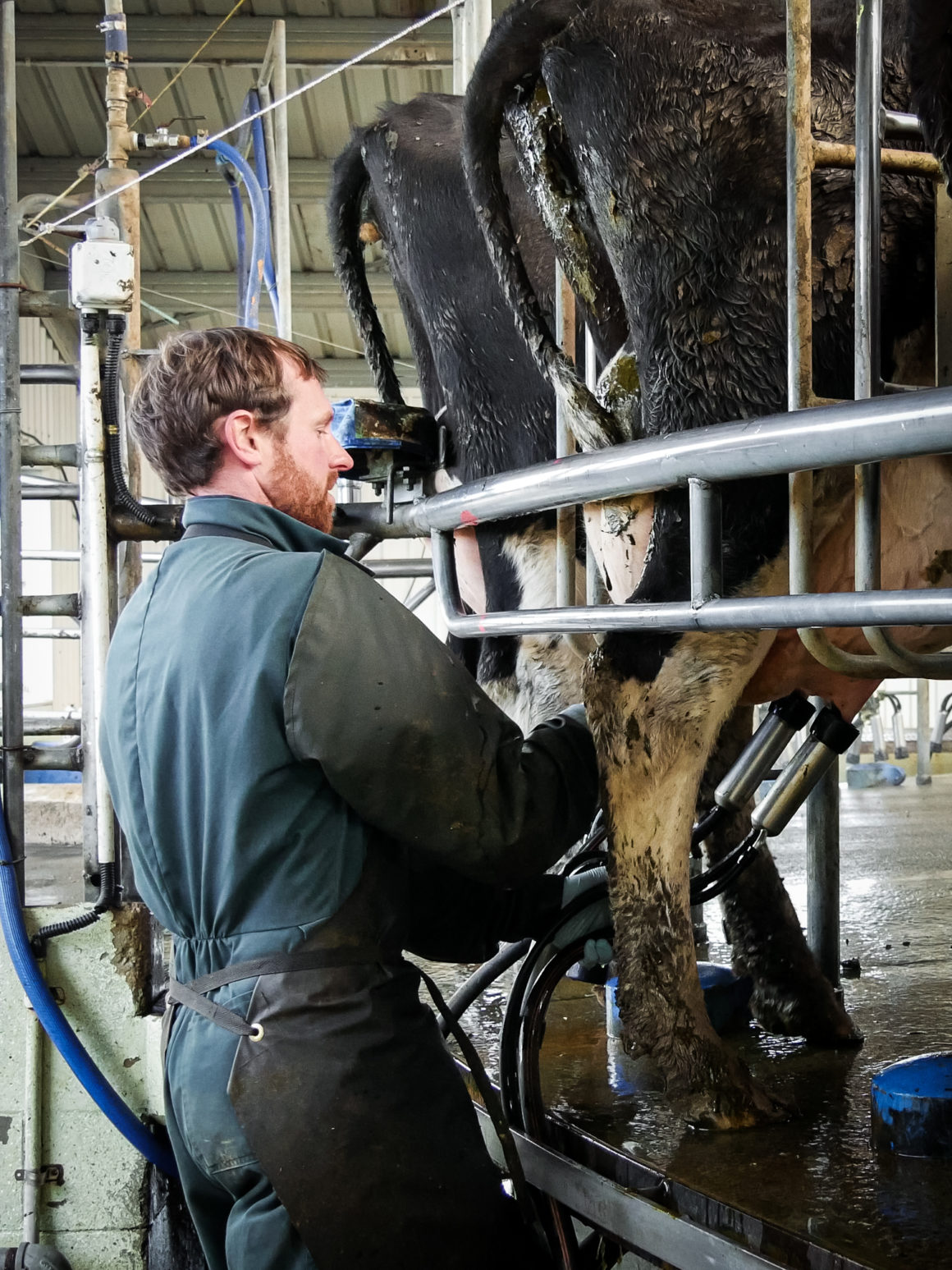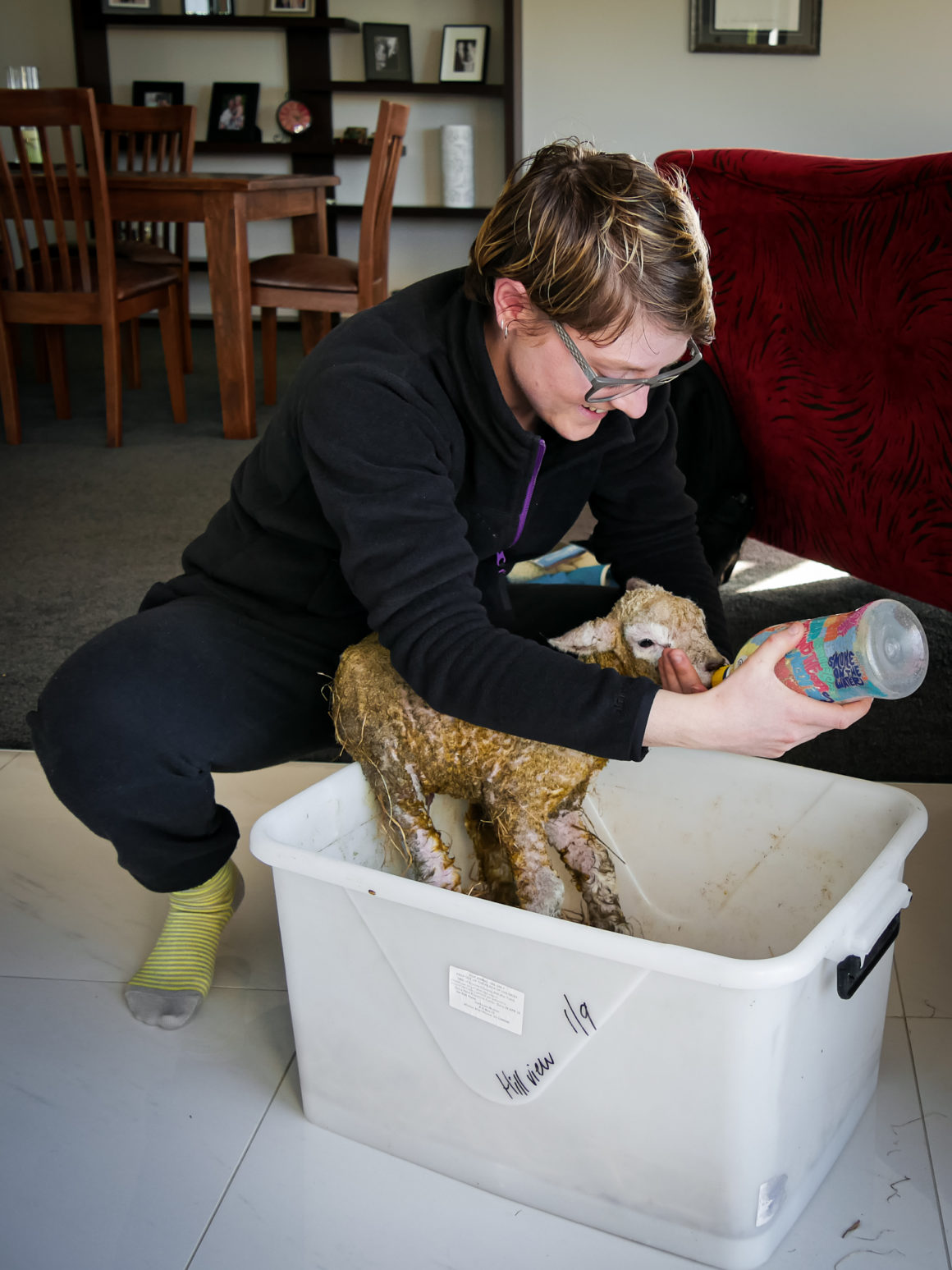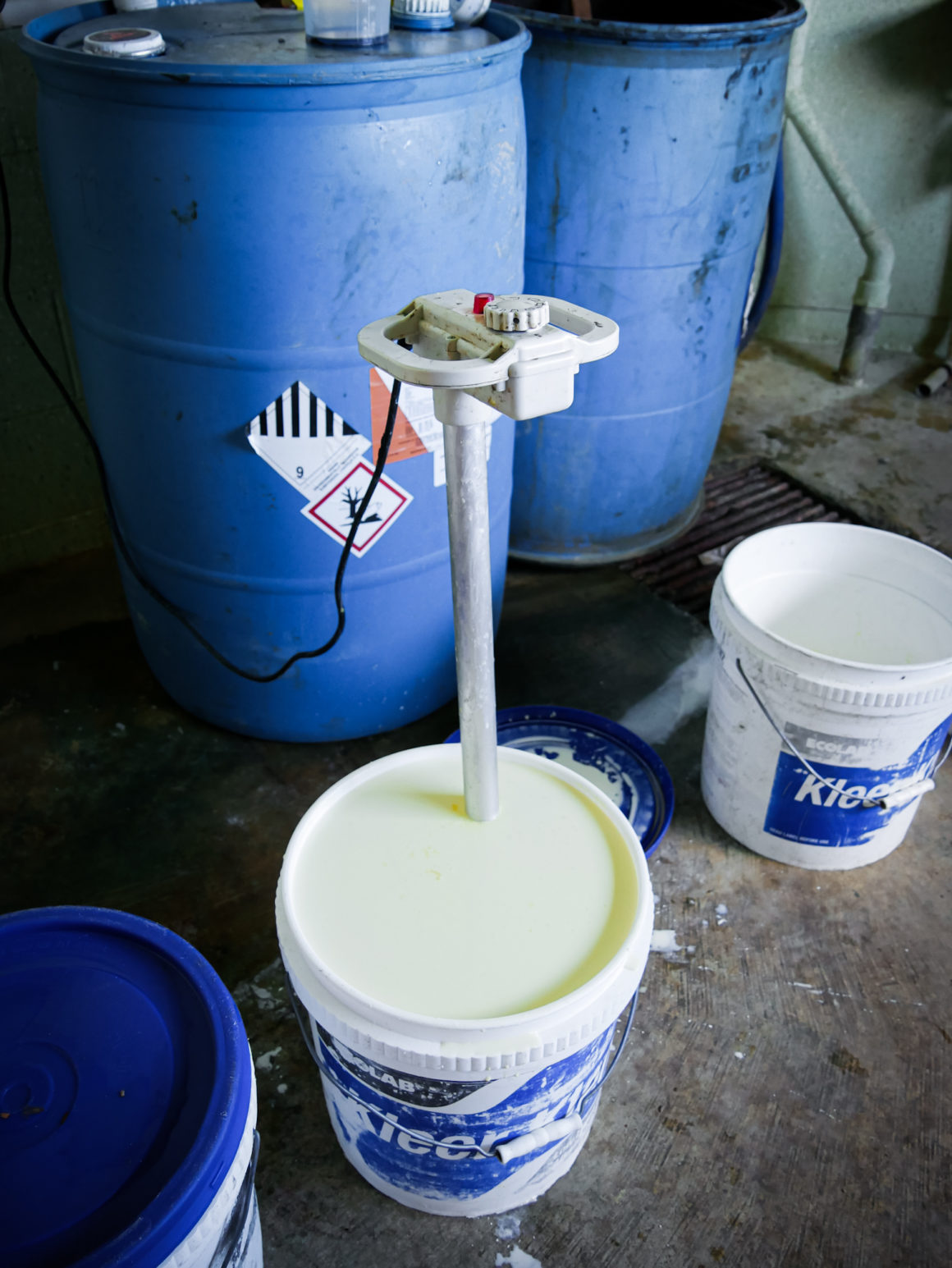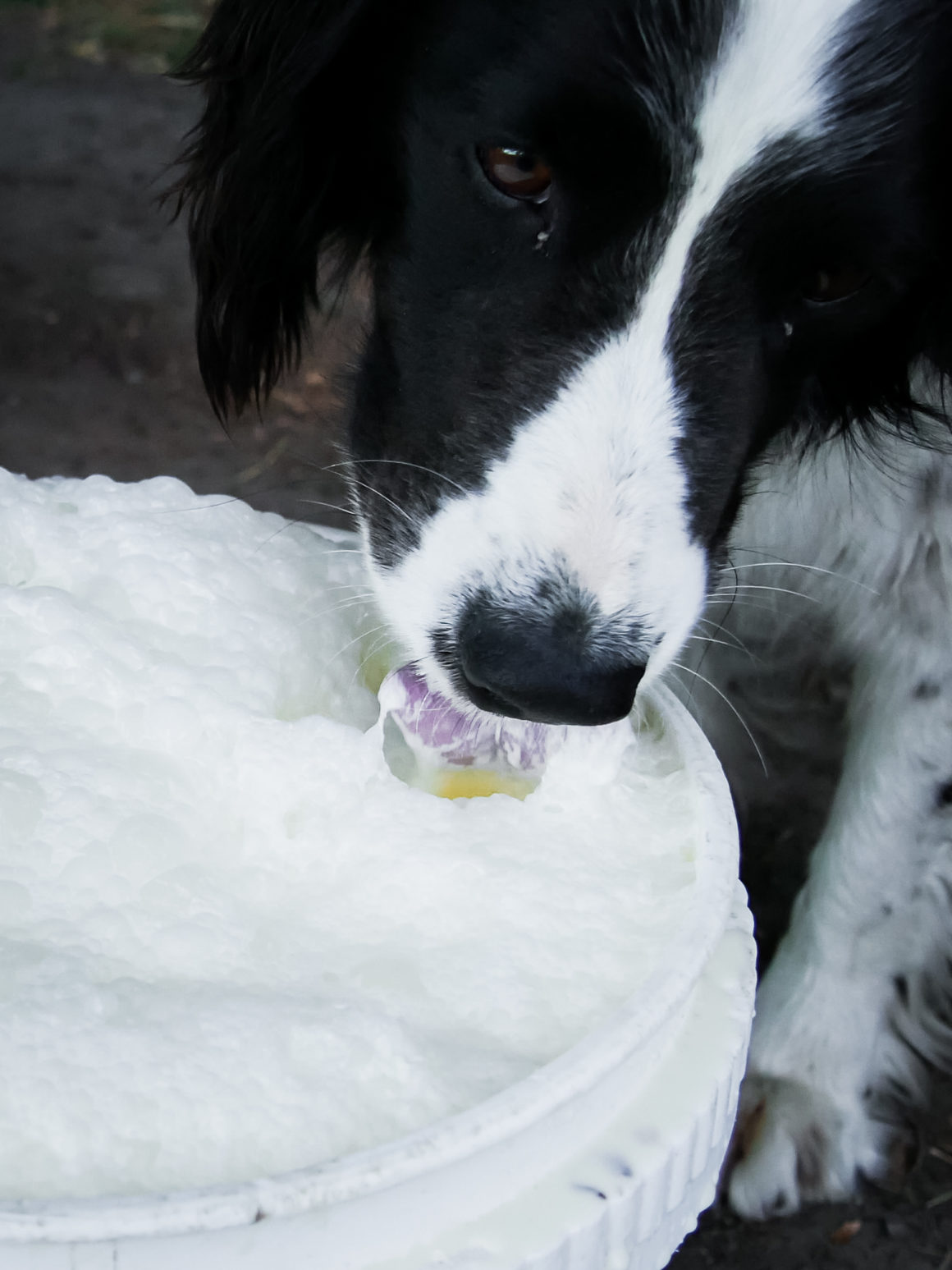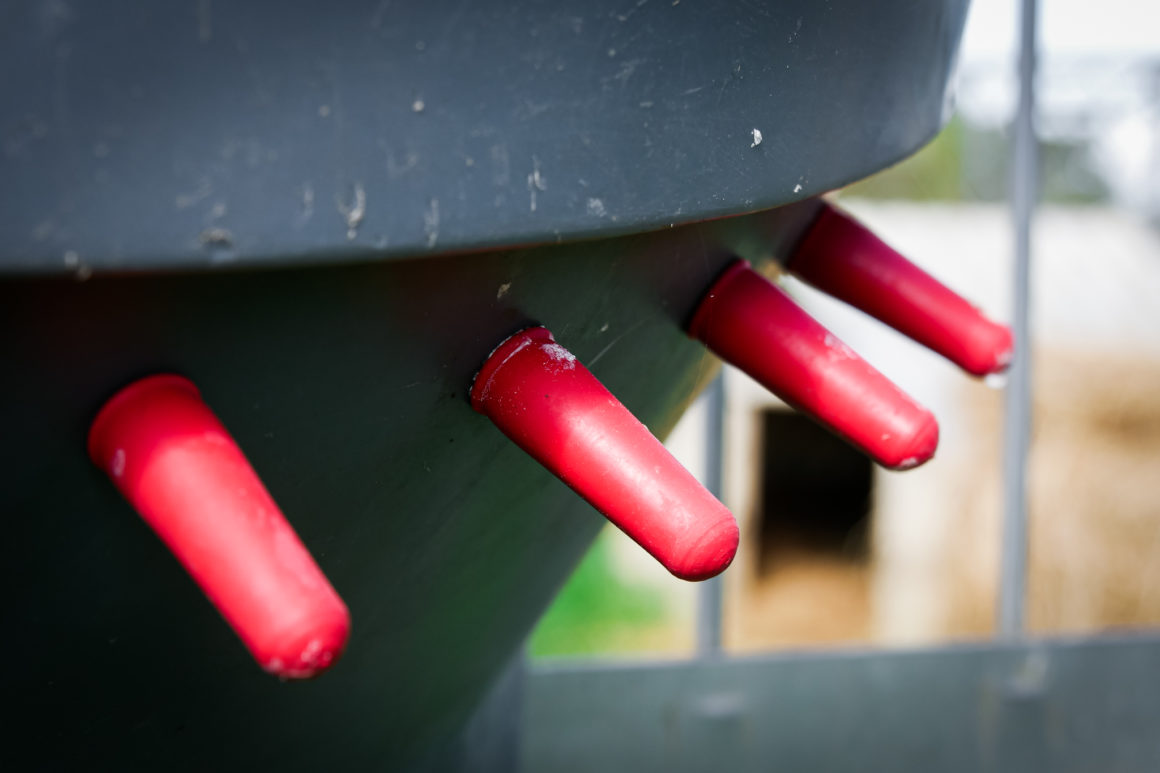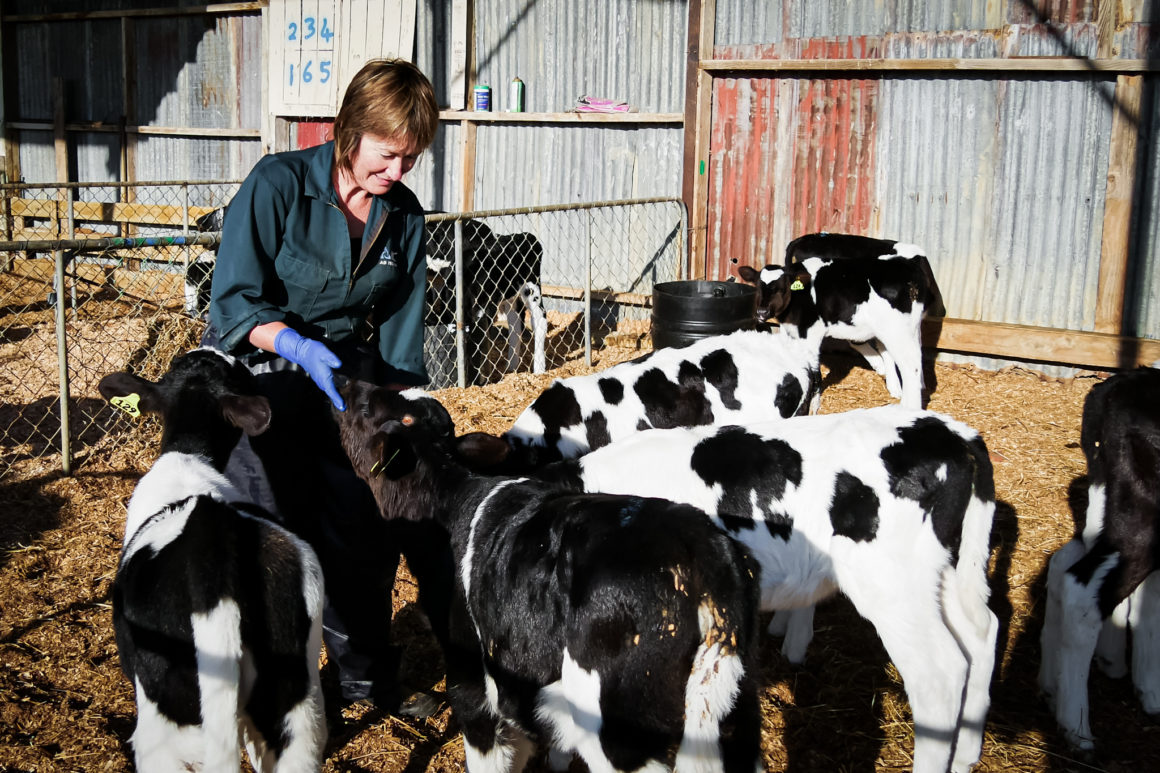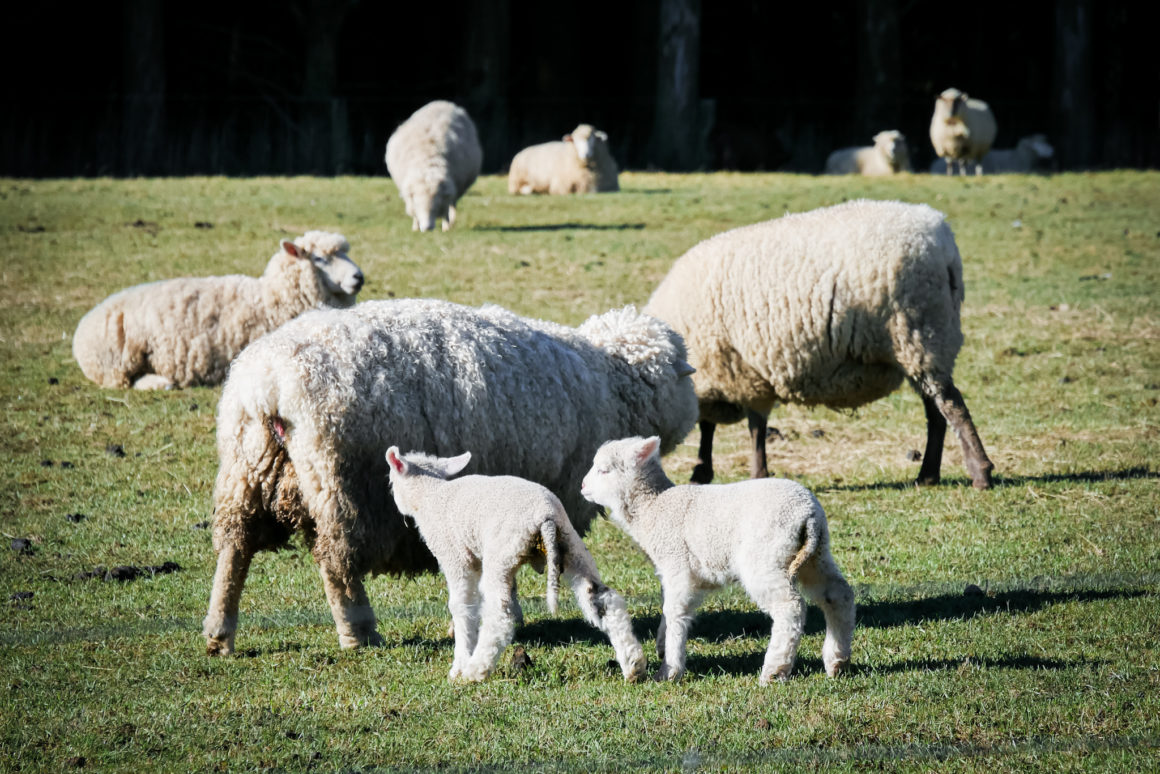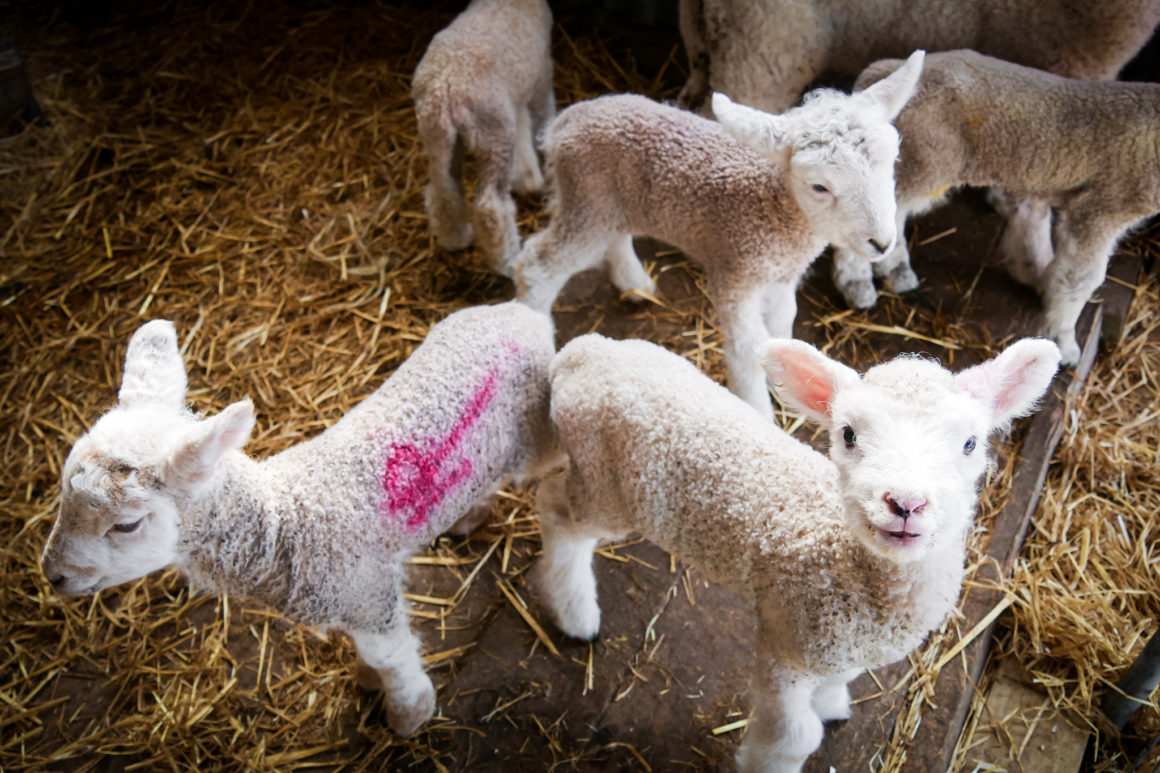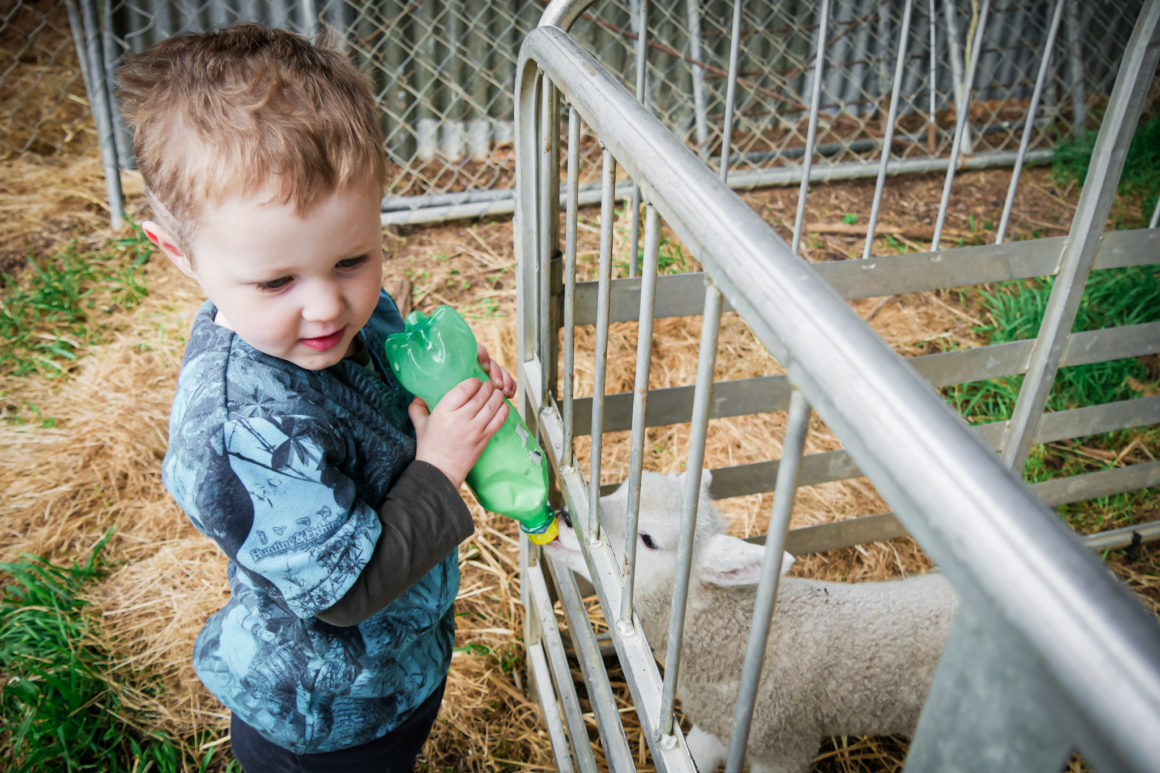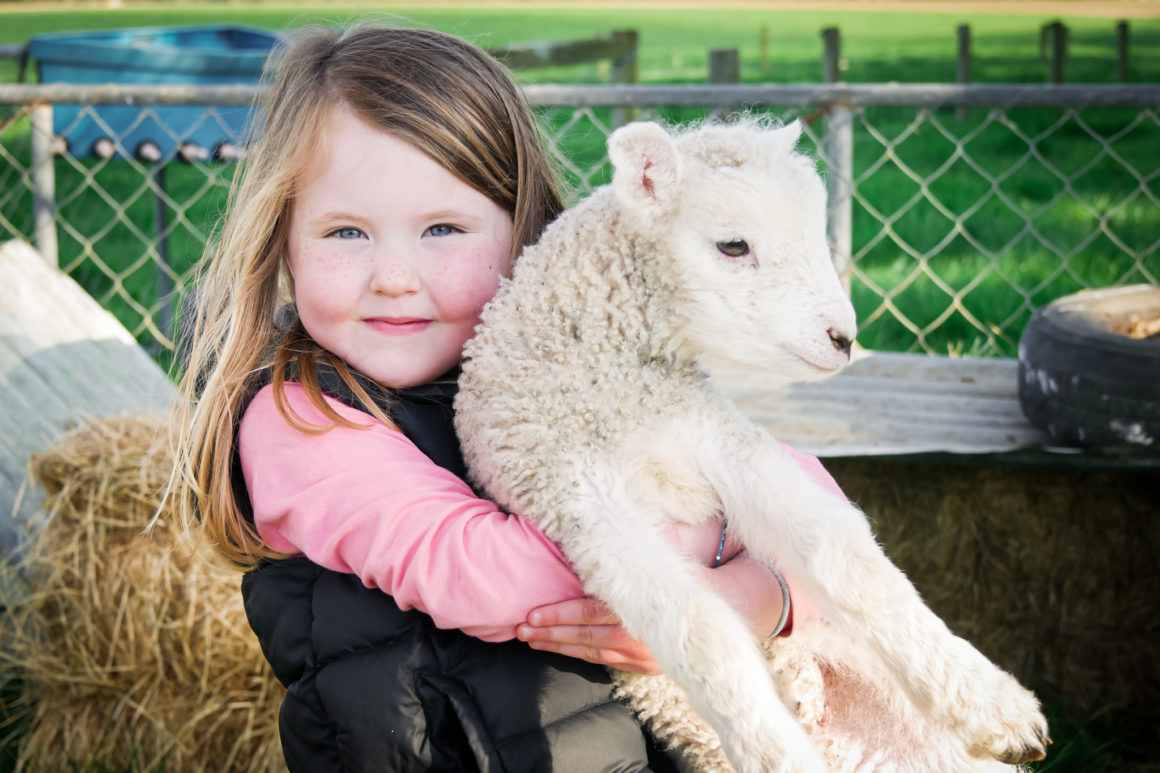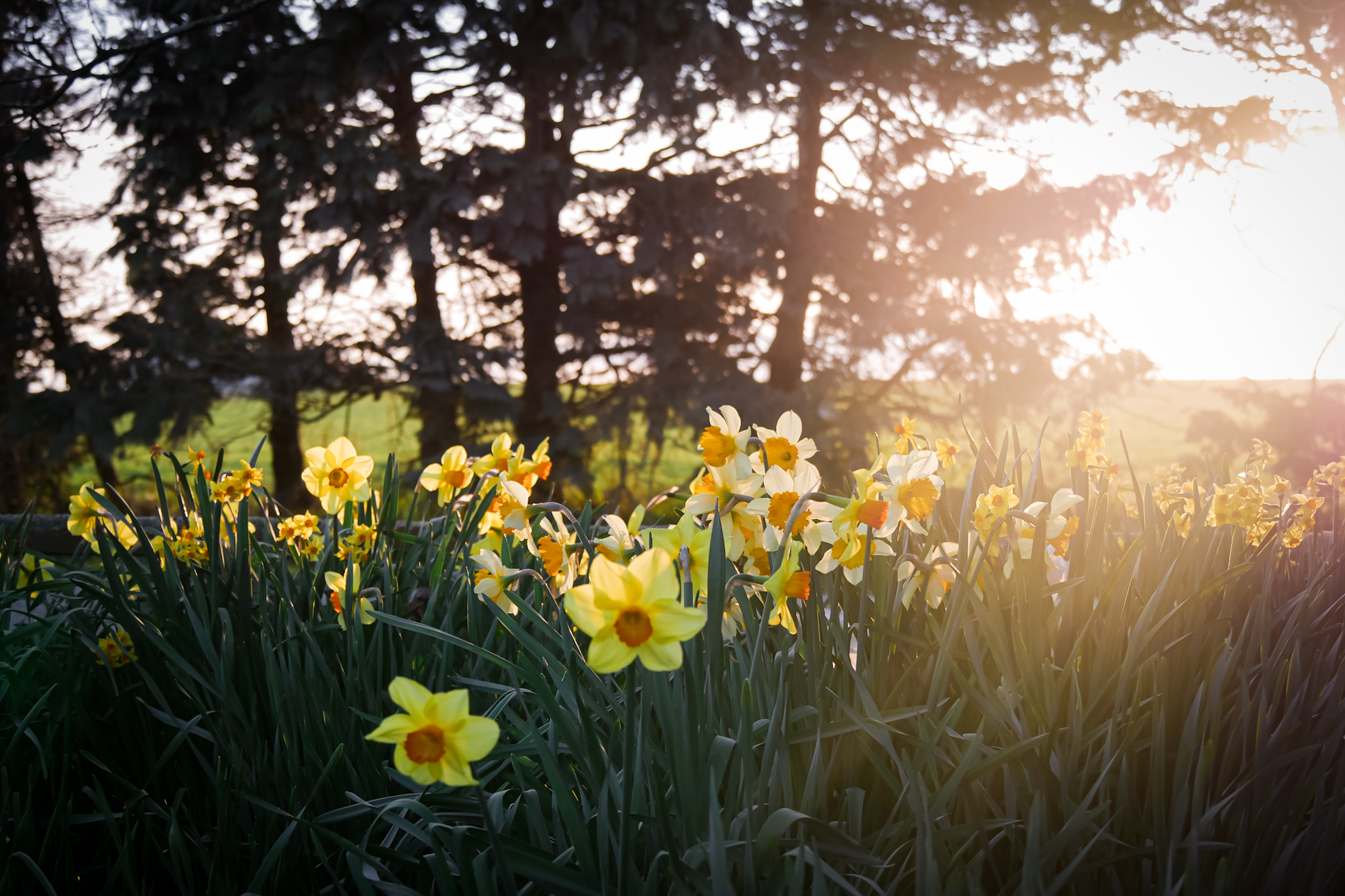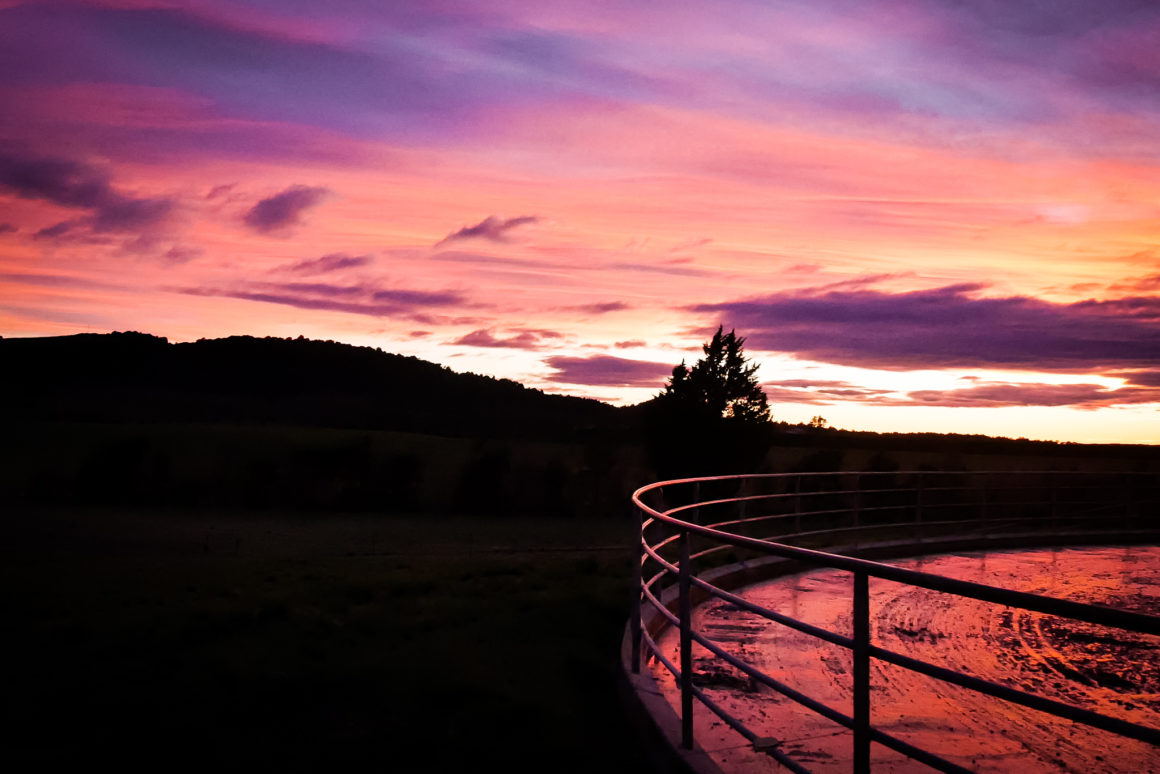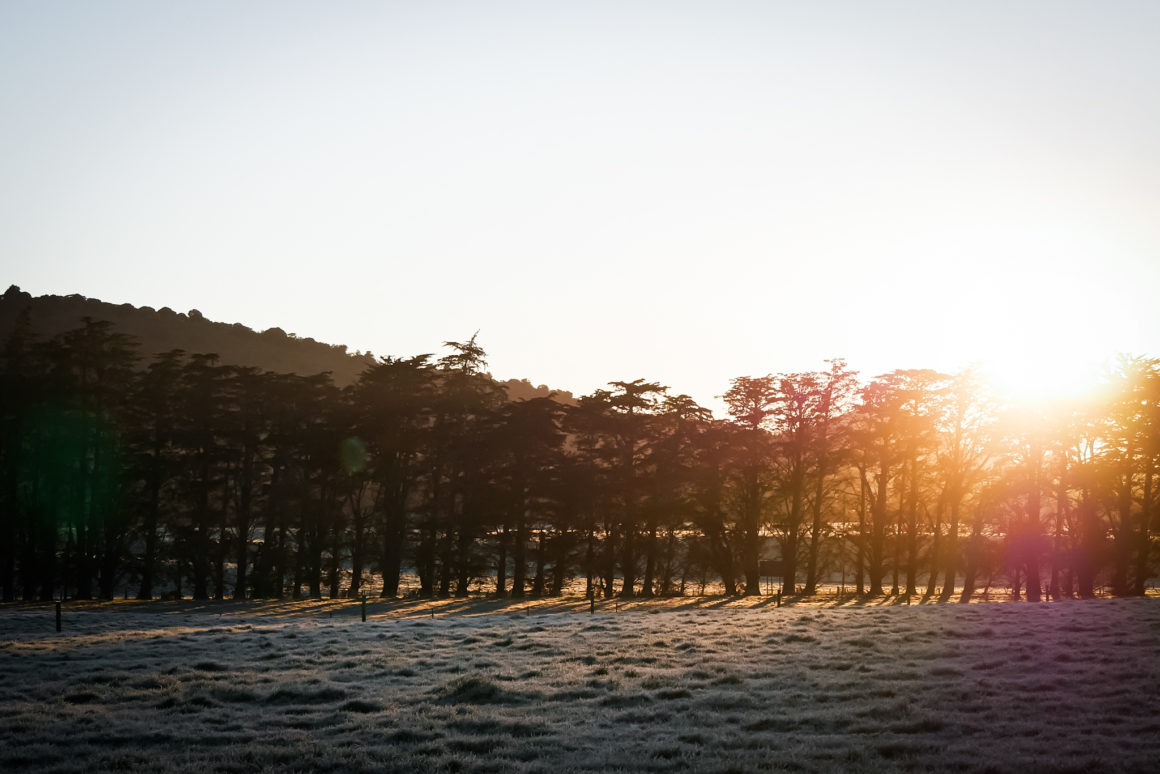DISPATCH
Five hundred and forty cows of the “Friesian” breed are present on the land of the farm where I work. These are cows with white coats with large black spots (some are entirely black) specialized in milk production. When I arrived in August, it was the start of the calving season and the heifers were starting to give birth. It is one of the busiest times of the year and that is why it requires a few more employees. Jeremy and Julie therefore welcomed me into their home for two months of work. It was an opportunity to discover the life of New Zealanders and discover work on the farm.
Working on a dairy farm, especially in this season, means starting work at four in the morning. A person gathers the cows, which spend the night on the pastures, in order to bring them back to the shed where the milk is milked. Meanwhile, another person takes care of cleaning the milk tank and a third takes care of checking the heifers that have given birth overnight. My first weeks of work I went with Jeremy checking the heifers. In the dark night, accompanied by a head torch, we went to the pens to check the newborns and note the numbers of the mothers. For a dairy farm, female calves are of course the most interesting. Later that day, we went collect all the newborn babies and took them to a stable where they were separated according to their gender and fed. The females are kept to grow and become heifers and then cows. Male calves are sold. Some with special genes will be kept to become bulls and used for breeding. Most will unfortunately end up in the form of burger meat at MacDonald’s.
While most heifers give birth to healthy calves on their own, some give birth to stillbirths or dead babies overnight and others find it difficult to give birth on their own. In this case, Jeremy or one of the other employees (Ryan or Krissie) takes care of the delivery. This means putting your hand in the uterus of the cow in order to grab the legs (front, preferably) of the baby and pull with all your strength to bring out the little one. It is not a nice see thing to see. Watching a cow howl in pain during delivery is quite painful. Especially for a woman. Difficult delivery can also lead to complications for the cow. I have seen cows pushing so hard, expelling their uterus outside or ending up with a nerve stuck or damaged because of a bad movement of the baby. In the case of the uterus outside, just push it away with your hand inside, hoping that everything will be fine. When a cow faces a nerve problem, most of the time, she finds herself unable to walk. So you have to wait a few days to see if she will recover. Otherwise, the relentless logic of the current economy system sends her to cow’s paradise.
Thereafter, I mainly took care of collecting the cows alone in the morning for milking. By the end of September, the cows had perfectly learned what to do. They greet me in a bawling concert, aligned in line, when they saw me arriving. Once the fence was opened, they headed for the milking pen on their own. No need anymore to go chasing the latecomers through the meadow. What in the dark night, even with the headlights of the quad on, can be complicated.
One of the benefits of getting started so early is the possibility to watch the sunrise every day. During my stay I saw a whole lot of different sky and it was always a wonder. Each sunrise is unique. The sky which turns rosy, the appearance of light through the mist, a ray of sunshine on the fields covered with morning frost… The short moment when the sun seems to banish the darkness enveloping the world and deposits its first ray on earth almost appears as a new birth. Nature is waking up and I felt like I was reborn every morning.
Once the cows are gathered in the outer courtyard of the milking pen, the milking begins. This usually lasts from 5.30am to around 8.30am. The cows are loaded on a rotating platform where Jeremy, Ryan or Krissie take care of equipping the cows’ udders with milking machines in order to pump milk. Once the rotation is complete (about fifteen minutes later per cow), I take care of removing the milking machines and spraying the udders with anti-infection product. The cows then come out of the turntable and then go back to their pasture on their own.
Cows under normal conditions pass the first followed by cows which have just given birth and produce colostrum (milk very rich in proteins). This milk cannot be sold and is intended to feed calves and calves. In a perfect world, taking care of milking cows would be child’s play. Of course this is not the case since out of fear, boredom or character cows can sometimes kick their hind legs refusing to have the milker put or removed from them. This occurs especially at the start of the calving season. At the end of the season the cows have learned the routine and are therefore much more docile. During their time spent on the platform, these very dear ladies repaint the walls and floors of a pretty brown cow dung color. Maneuvering to equip or remove the milking machine from the udder of these young ladies is a work of art: avoid splashing of fresh dung, keep an eye on the rear end to monitor movement revealing the appearance of a jet of urine, quickly dodge a furious clog… You have to be particularly vigilant when working with animals. Despite the protective bars that equip the platform, it can happen that a particularly worried cow swings a very violent clog. Taking this very powerful hit in the hand or chest can be very painful. One morning, one of the young mother cows was so worried that she climbed into the feeder that surrounds the center of the platform (where the cows receive molasses and protein during milking), which is normally impossible. Getting her out of there was a complicated matter. Having used all her energy to enter the feeder and emotionally depressed by fear, our cow did not wanted to move. Many ropes, straps and pushings in all directions were used to get her free.
Apart from milking which takes place early in the morning and in the afternoon, we must also take care of feeding the cows in the meadows (hay or grass), set up new fences electric (guaranteed juice shots) or take care of farm work. In New Zealand, farm work is made using quads (and also motorcycles). Crossing a mud field using a quad: done. Gathering the cows using a quad: done. Setting up an electric fence using a quad: done. The quad, the best friend of farmers. But be careful not to do to dangerous things with it, the quad is the vehicle that causes the most deaths in the field of animal husbandry and agriculture. Indeed these are not very stable vehicle and topple easily, trapping the driver most of the time under their weight.
In the early morning and late evening, Julie and Severna take care of feeding the calves. First step, go and collect the colostrum (milk rich in protein) in the milking shed and warm it up a bit. Indeed the milk from the udders is naturally warm. It is therefore necessary to warm the colostrum from milking before giving it to newborns. Second step, give the milk to the calves. To do this, newborns must be taught to suckle rubber udders or dummies. Once this is done, the calves feed on their own. Just pour the milk into the tray with the dummies and the little ones rush on it without waiting. Severna takes care of feeding the vast majority of calves. It usually takes two to three hours each morning and evening. Especially when there are a lot of calves born during the night or during the day and who have to learn how to suck. Severna is always accompanied by her dog, Mick, who takes great pleasure in playing with Fergus, the farm dog, or in lapping a few liters of colostrum. Julie takes care of feeding a dozen bull calves (all with a white face).
Working on a dairy farm also means sheep. Yes, most farmers (when it is not their main business) own a few sheep that give birth to lambs at the same time as cows. Severna and Graham own a few sheep and Jeremy’s parents, Jill and Murray own a hundred sheep with lambs, some of which were brought to Jeremy and Julie’s farm, greatly delighted the children. The first two lambs were named Sparkle Princess and Lamb Lamb. So in addition to the calves, we had to feed the lambs every morning and evening. Their fluffy little faces are irresistible. One of my greatest moments in their company was taking care of a very young sheep. She was born the same morning but her twin (lambs are generally born in pairs) was stillborn and her mother was not in great shape. Unlike calves that are quickly separated from their mothers, lambs are usually left in the care of their mothers. But the mom seems unable to take care of it. So Severna retrieved the little one and put her in the warmth of her kitchen in a box filled with hay so that she can survive. That same evening she was in great shape, bleating all over the place to show that she was hungry. Improvised bottle and voila feeding her. Holding this trembling and fragile little animal in my hands while feeling the force with which she sucked the milk was a very beautiful experience.
Working on the farm during the months of August and September also allowed me to witness the arrival of Spring! The trees began to bud and wild daffodils sprouted everywhere dotting the landscape of pretty yellow touches. Working on a dairy farm in Southland was a great experience. I learned a lot and took great pleasure in living with a New Zealand family. Julie, Jeremy, Isla, Carter, Chloe, Severna, Graham, Alan, Jill (Julie’s mom), Murray, Jill (Jeremy’s mom), Ryan, Krissie, Gin and all the others, thank you very much for sharing your life and talk with me!

